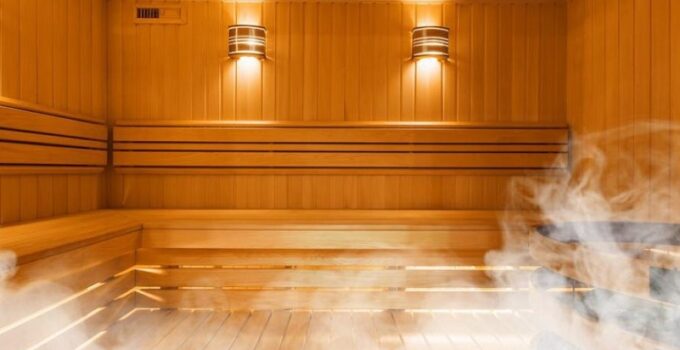Introduction:
When it comes to relaxation and unwinding, steam rooms and saunas are popular choices. Both provide unique environments that offer various health benefits. Understanding the differences between these two options can help you make an informed decision about which one best suits your needs. In this article, we will explore the disparities between steam rooms and saunas and delve into the health benefits associated specifically with steam rooms.
The Difference: While both steam rooms and saunas offer heat-based therapies, there are distinct differences in terms of temperature, humidity, and the overall experience:
Temperature:
Saunas typically have higher temperatures ranging from 160°F to 200°F (71°C to 93°C), while steam rooms have slightly lower temperatures ranging from 110°F to 120°F (43°C to 49°C). The intense dry heat in saunas is achieved using heated rocks or an electric stove, whereas steam rooms produce moist heat by spraying water on heated surfaces.
Humidity:
Steam rooms have high humidity levels, typically between 100% and 114%. This creates a moist and humid environment due to the presence of steam. In contrast, saunas have much lower humidity levels, usually ranging from 10% to 20%. This dry environment allows for increased sweating.
Experience:
The experience in a steam room is characterized by a warm and moist environment, similar to being enveloped in a cloud of steam. The steam helps open up the pores, making it easier for the body to release toxins through sweat. In saunas, the focus is on dry heat, which can feel more intense, and sweating is primarily the result of elevated temperatures.
Health Benefits of Steam Rooms: Steam rooms offer numerous health benefits that can enhance overall well-being. Here are some notable advantages:
- Promotes Relaxation: The warm and humid environment of a steam room helps relax the body and alleviate stress. It can provide a soothing and calming effect, aiding in both physical and mental relaxation.
- Opens Up the Airways: The steam in a steam room can help open up the respiratory passages, making it beneficial for individuals with respiratory conditions such as asthma, bronchitis, or allergies. The moist air can soothe irritated airways and promote easier breathing.
- Detoxification: Sweating is one of the primary ways the body eliminates toxins. Steam rooms induce perspiration, which aids in the detoxification process by flushing out impurities through the skin. This can contribute to clearer and healthier skin.
- Improved Circulation: The heat in steam rooms promotes vasodilation, which expands the blood vessels, allowing for improved blood flow. Enhanced circulation can assist in delivering oxygen and nutrients to the body’s tissues and organs more effectively.
- Muscular Relaxation: Steam rooms can help relax tense muscles and ease muscle soreness. The moist heat can promote increased flexibility and reduce muscle stiffness, making it an ideal post-workout recovery option.
Conclusion:
Both steam rooms and saunas offer unique benefits, but steam rooms, with their warm, moist environment, provide specific advantages that make them an excellent choice for relaxation and health enhancement. From stress reduction and improved circulation to respiratory benefits and detoxification, steam rooms have a lot to offer. However, it’s essential to consult with a healthcare professional before using a steam room, especially if you have any underlying health conditions.
Remember to stay hydrated, listen to your body’s signals, and enjoy the rejuvenating effects of a steam room to promote your overall well-being.
Disclaimer: The information provided in this article is for educational purposes only and should not replace medical advice. If you have any health concerns, consult a healthcare professional before using a steam room or sauna.

![How to Fix [pii_email_8cd0f843fd453677f5de] Error Solved How to Fix [pii_email_8cd0f843fd453677f5de] Error Solved](https://www.icotech.net/wp-content/uploads/2022/03/1-8-211x150.jpg)

![Solved [pii_email_db2c9952c836324d9f95] Error Code Solved [pii_email_db2c9952c836324d9f95] Error Code](https://www.icotech.net/wp-content/uploads/2022/02/pii_email_db2c9952c836324d9f95-error-code-solved_25726-1-211x150.jpg)